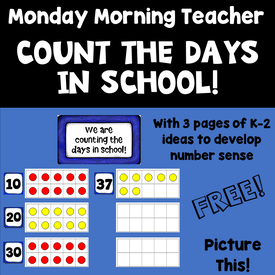
Why? Let me count the ways!
- It only takes 1-2 minutes each morning. Very quick, very easy, very effective!
- Children love it (you must find a way to keep track of who has already had a turn to add the sticker to a 10 frame or you will have arguments on your hands).
- It provides a visual representation that children are directed to each morning of both number amounts (how big a number is) and place value information (tens/units, but also hundreds if you continue to count past 100 days, which I highly recommend).
- It provides an easy way into early years Number Talks, while also providing that important visual representation that helps kids to really 'get' numbers, how they are constructed and how they can be partitioned.
I've updated this pack to make it slightly easier to print and cut out. I've also included 3 pages of Number Talk ideas for the 3 different stages (K-2 / P1-3 / Reception-Year 2).
The main title for this display is 'We are counting the days in school'. In this pack, however, I've also included 4 additional titles that allow you to count:
1) Days in the School Week
2) Days until Christmas
3) Days until Spring Break
4) Days until Summer
I know that there are some settings where counting smaller amounts (or more repetition of early counting skills) is important, so hopefully these additional sign options will help more people incorporate this routine into their classes in a way that is meaningful for their own pupils.
Welcome Back to School!

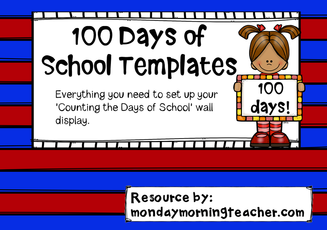
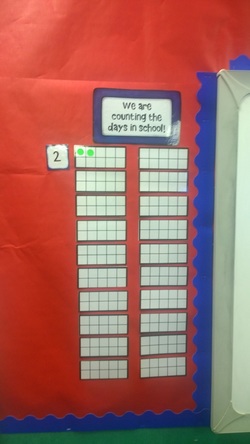
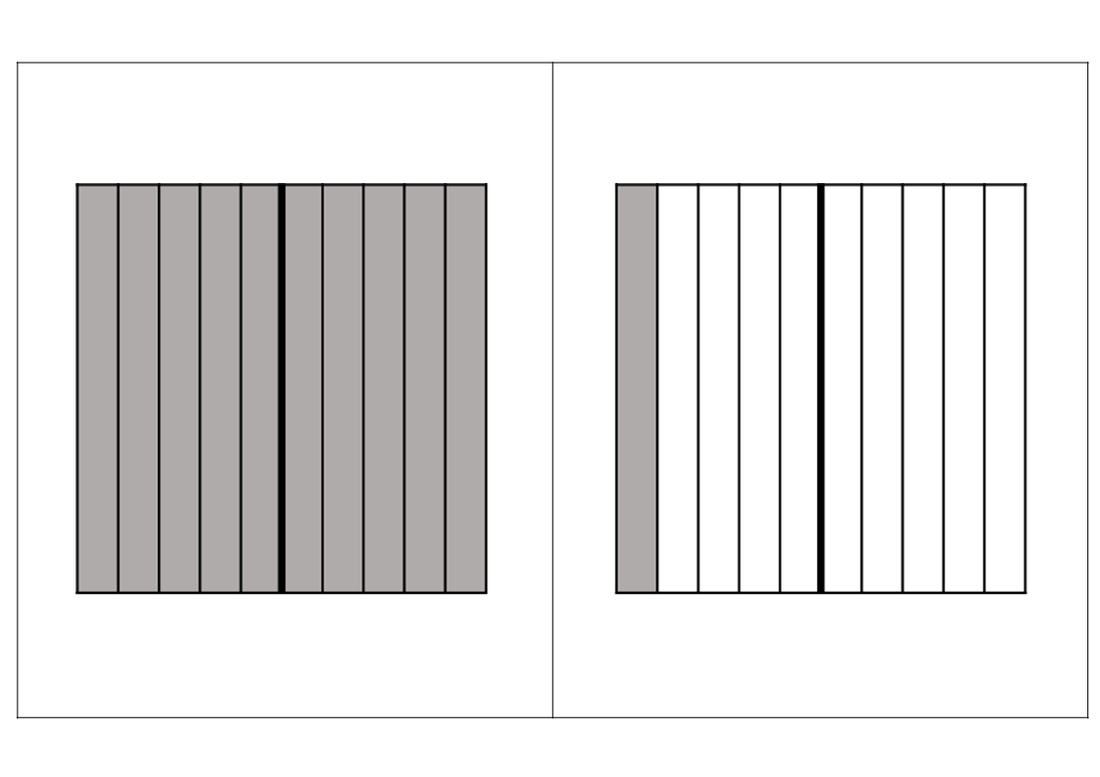
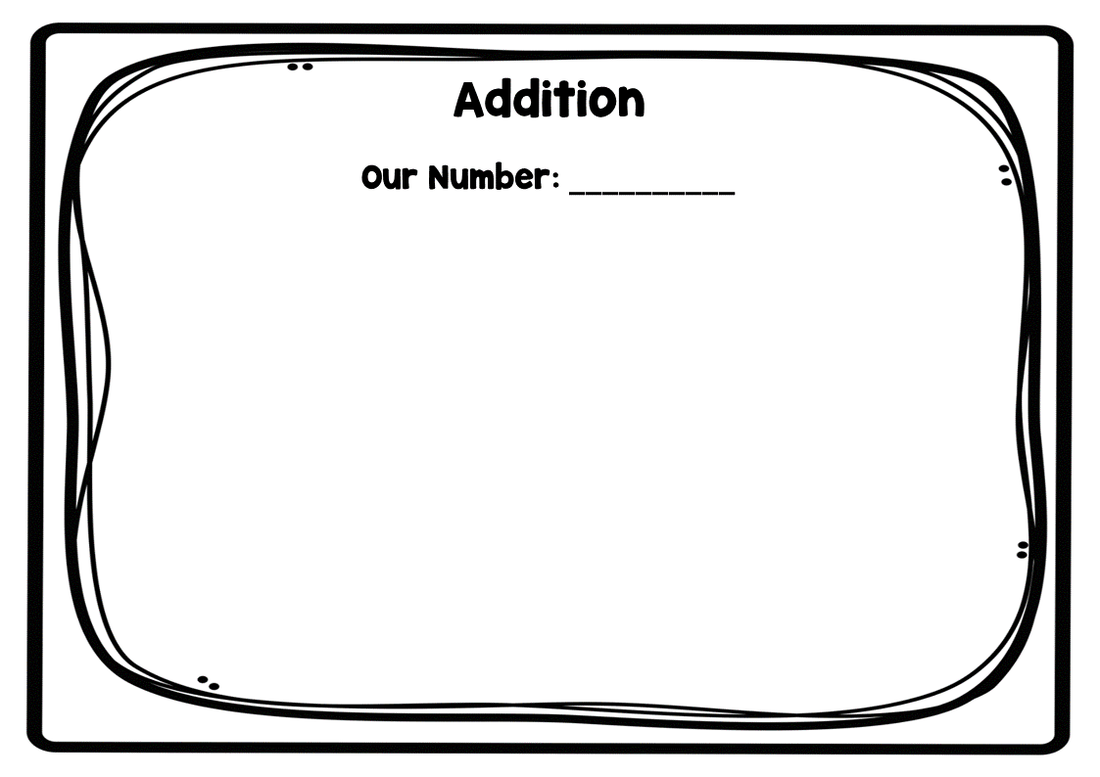
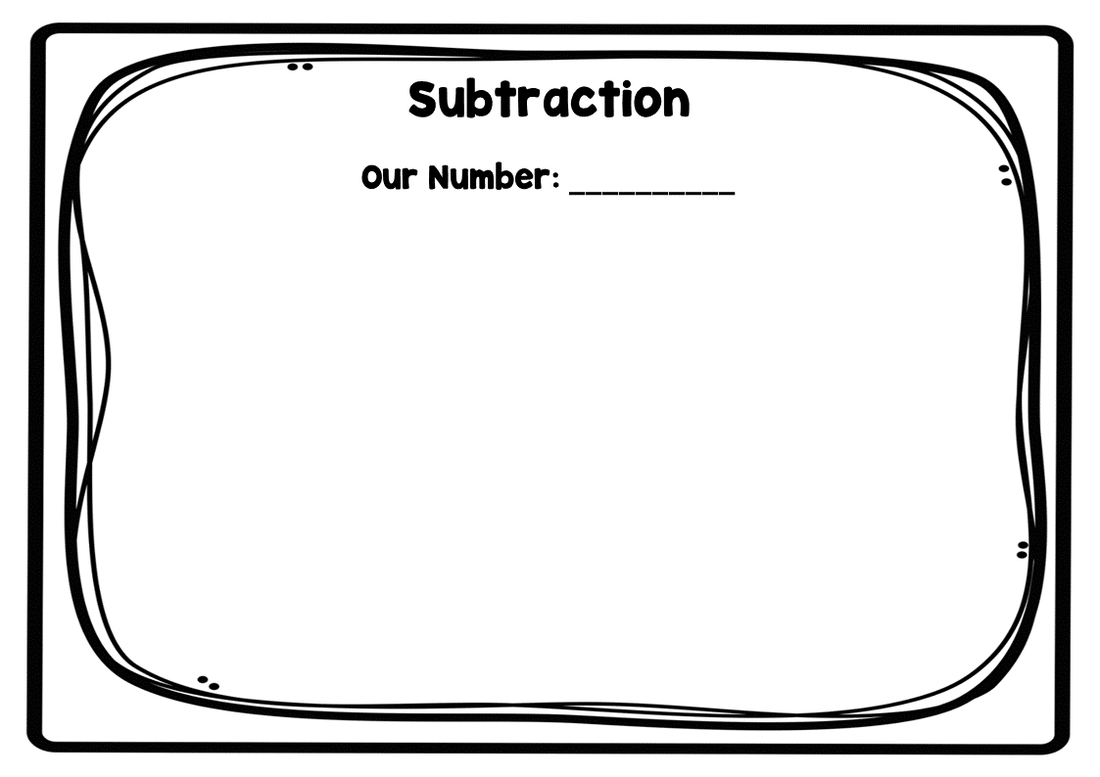
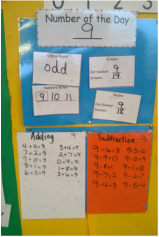
 RSS Feed
RSS Feed